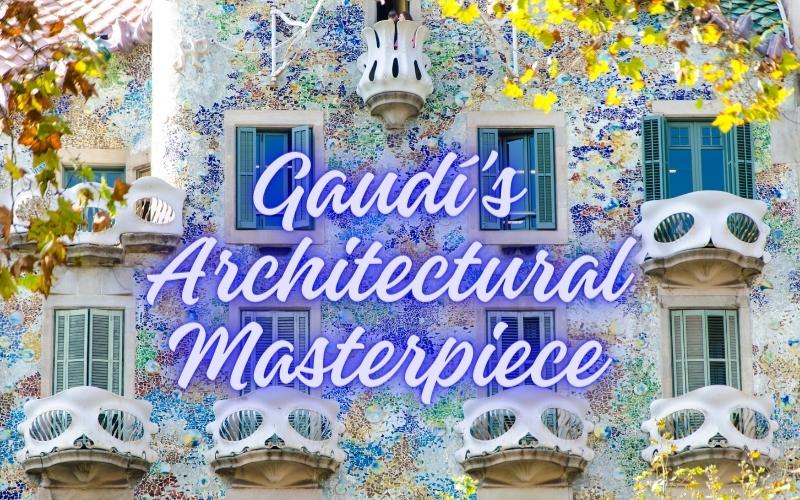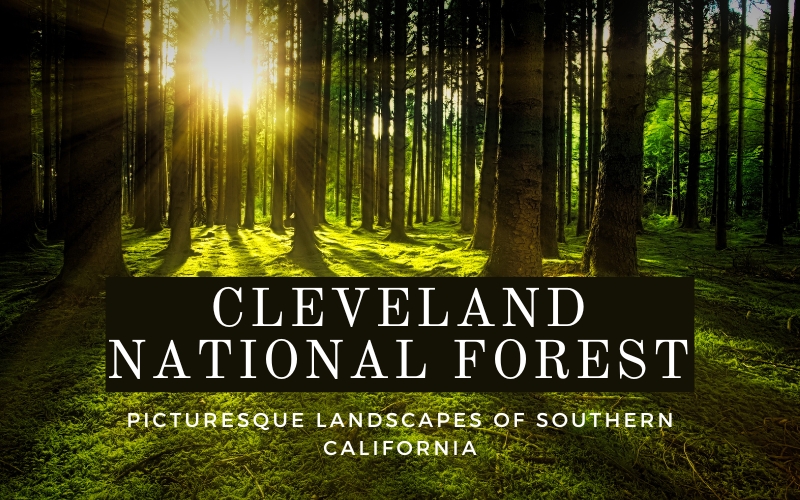When we think of architectural marvels, a few iconic names come to mind: the Eiffel Tower, the Taj Mahal, and the Great Wall of China, to name a few. But there’s one name that often goes overlooked in the world of architectural greatness, and that is Antoni Gaudi. His work, mainly concentrated in Barcelona, Spain, has left an indelible mark on the world of architecture. Gaudi’s creations are nothing short of extraordinary, combining nature, innovation, and a deep-rooted artistic flair. In this blog post, we will embark on a journey through Gaudi’s architectural masterpieces to appreciate the genius of this remarkable artist.
The Early Life of Antoni Gaudi
Before we delve into Gaudi’s architectural masterpieces, let’s first get to know the man behind these incredible creations. Antoni Gaudi was born on June 25, 1852, in Reus, Catalonia, Spain. His early life was marked by various health issues, including rheumatism, but he was a brilliant and creative young man. His love for nature, combined with a deep Catholic faith, greatly influenced his work.
Gaudi studied architecture at the Llotja School in Barcelona, where he showed a penchant for organic forms and intricate detailing. This early fascination with nature’s beauty and mathematical precision laid the foundation for his unique architectural style.
Casa Vicens
Our journey through Gaudi’s architectural masterpieces begins with Casa Vicens. This residential building, located in the Gràcia district of Barcelona, is one of Gaudi’s earliest works. Completed in 1888, it showcases a fusion of Moorish and Spanish architectural elements. The house features a stunning façade adorned with colorful tiles and wrought-iron accents, which set the stage for the ornate interiors. Casa Vicens was designated a UNESCO World Heritage site in 2005, highlighting the importance of Gaudi’s innovative approach to architecture.
Park Güell
As we move forward on our architectural journey, we arrive at Park Güell, a public park also situated in Barcelona. This park is a whimsical wonderland where Gaudi’s creativity knows no bounds. Designed between 1900 and 1914, the park was intended to be a housing development, but it never materialized. What remains is a surreal, fairy-tale landscape featuring vibrant mosaics, whimsical sculptures, and winding pathways that seem to emerge naturally from the surrounding landscape.
One of the park’s standout features is the iconic Serpentine Bench, a colorful, undulating structure covered in mosaics. Its sinuous form not only offers a unique place to sit but also mimics the contours of a serpent. This masterpiece is a prime example of Gaudi’s ability to seamlessly blend architecture with the natural world.
La Sagrada Família
Perhaps the most famous of Gaudi’s works, and arguably his magnum opus, is the Basilica of the Sagrada Família. This monumental church, which has been under construction since 1882, is a testament to Gaudi’s innovative genius. The basilica’s design is a blend of Gothic and Art Nouveau styles, but it defies categorization, standing as a unique masterpiece in its own right.
One of the most striking aspects of La Sagrada Família is its towering spires, which soar into the Barcelona skyline. Gaudi’s design is laden with Christian symbolism, and the facades of the basilica are adorned with intricate sculptures and biblical scenes. The interior is a mesmerizing blend of light and space, with columns resembling tree trunks and a canopy that evokes the feeling of being in a dense forest.
La Sagrada Família remains unfinished, with an estimated completion date around 2026, which will mark the centenary of Gaudi’s death. It’s a testament to the enduring nature of his work and the dedication of countless artisans who have labored to bring his vision to life.
Casa Batlló
Moving on in our journey, we encounter another of Gaudi’s residential creations: Casa Batlló. This building, located on the famous Passeig de Gràcia in Barcelona, is a prime example of Modernisme architecture, a Catalan Art Nouveau movement. Completed in 1907, Casa Batlló showcases Gaudi’s attention to detail and organic forms. Its undulating façade is often compared to the scales of a dragon, and the interior is equally impressive, with sinuous lines, colorful stained glass, and innovative ventilation systems.
Casa Milà (La Pedrera)
Our architectural journey reaches its penultimate stop at Casa Milà, also known as La Pedrera, which translates to “The Quarry.” Completed in 1912, this unique apartment building is another testament to Gaudi’s innovation. Its exterior is characterized by undulating stone facades that resemble waves, while the rooftop is a surreal sculpture garden featuring chimney stacks that resemble surrealist warriors.
Gaudi’s Legacy
As we conclude our exploration of Gaudi’s architectural masterpieces, we cannot help but be awestruck by the man’s genius. Antoni Gaudi’s work transcends architectural boundaries. It is a marriage of art, nature, and innovation, where buildings become living organisms, seamlessly integrated with their surroundings.
Gaudi’s legacy lives on not only in his completed works but also in the countless architects and artists inspired by his vision. His influence can be seen in contemporary designs that embrace sustainability and organic forms. Gaudi’s ability to blend nature and architecture, to create spaces that inspire awe and reverence, is a testament to his genius.
In a world where architectural wonders continue to captivate and inspire, Antoni Gaudi’s creations stand as a testament to the limitless possibilities of human creativity. His works are not mere buildings; they are living sculptures that challenge our understanding of space, form, and beauty. Gaudi’s architectural masterpieces are a gift to the world, a reminder that when art and innovation intertwine, the result is nothing short of extraordinary.













